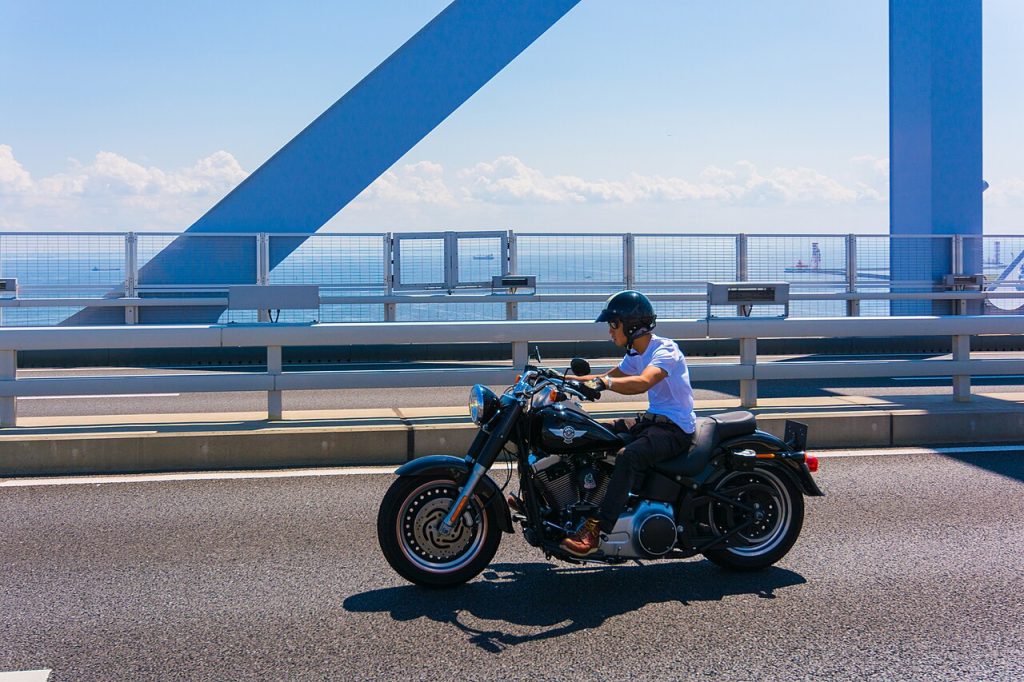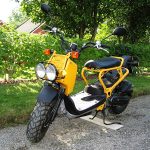Getting a Motorcycle License in Nagoya

Nagoya boasts a unique blend of modernity and tradition, with bustling cities and breathtaking countryside that offer motorcycle enthusiasts a fantastic experience. The country’s winding mountain roads provide a thrilling ride for those who love to explore on two wheels. However, obtaining a motorcycle license in Japan can be as complex as the country’s culture. Whether you are a resident or a long-term visitor, understanding the process of legally riding a motorcycle in Nagoya is crucial. It involves several steps, including written and practical exams, and can take several months to complete. But once you have your license, you can enjoy the freedom of exploring Japan’s scenic routes on your motorcycle.
Converting an Existing License
The process is relatively straightforward for those who have held a valid motorcycle license in their home country for over three months. You can convert your license at one of Japan’s official Driver’s License Centers. This conversion process involves simply verifying your existing driver’s license and some paperwork. This conversion process is likely similar to the regular driver’s license conversation process.
Beginners and Those Without the Minimum Requirement
If you’re new to motorcycling or haven’t held a license for the required three months, there are two primary paths you can take:
910 Yagotofujimi, Showa Ward, Nagoya, Aichi 466-0812 (map)
1. The Direct Approach: Test Centers
The first option is to go directly to a designated test center and take the practical test. This approach, though less expensive, is notoriously challenging. The test consists of a 10-minute practical examination in a simulated environment that mimics real-road conditions, complete with a variety of obstacles. The catch? Many find themselves retaking this test several times due to its difficulty and the stringent nature of the examiners, often former police officers.
2. The Safer Bet: Driving Schools
Your second option is to enroll in a driving school. This is the costlier route, but it significantly increases your chances of passing on the first attempt. These schools offer comprehensive training in an environment identical to the test conditions, providing familiarity and boosting confidence. The curriculum includes everything from basic handling to navigating specific test components like balance beams and slalom courses. There are few if any driving schools with motorcycle courses in English. They MAY let you slide with basic Japanese, it is worth a shot.
The Costs Involved
Opting for a driving school means a higher initial financial investment. For a medium-sized bike (up to 399cc), you’re looking at around 25-30 hours of training, costing between ¥220,000 to ¥250,000 ($1,472 – $1,673). For a larger bike (400cc and above), it’s about 12-17 hours at ¥120,000 to ¥140,000 ($803 – $937). In contrast, taking the test directly at a center costs approximately ¥22,500 ($151), but this doesn’t factor in the potential multiple retakes and associated fees. Please note again that this training can take several months to complete despite being delineated in hours.
For information purposes on pricing only: www.e-chubu.jp/eng
The Test Itself
The test remains the same whether at a school or a test center. It includes a series of challenges designed to assess your riding skill and safety awareness. These include navigating a balance beam, performing a slalom around cones, executing an emergency stop, and more. The scoring is strict, starting at 100% and deducting points for errors.
Post-Test Procedures
Upon passing the test, you’ll receive a certificate, which you’ll take to a Driver License Center to apply for your official license. Remember, the entire process can take upwards of three hours, so it’s best to get there early.
Restrictions for New License Holders
It’s important to note that new motorcycle license holders in Japan face certain restrictions. You cannot carry a passenger for the first year (three years on highways), and carrying a passenger on central sections of the capital freeway is always forbidden, regardless of your experience level.
Conclusion
Obtaining a motorcycle license in Japan may seem daunting, but it’s a journey worth undertaking for the motorcycle enthusiast. The process ensures that riders are skilled and respectful of the unique traffic rules and cultural norms of Japanese roads. Once licensed, the country’s scenic routes and urban adventures become a two-wheeled playground, promising experiences as rich and varied as the landscape itself. So, gear up, embrace the challenge, and get ready to explore Japan on your terms – two wheels at a time.
Hirabari
The Hirabari, also known as the Aichi Prefectural Police Driver’s License Center, is an important facility for individuals seeking to obtain or renew their driver’s license in Aichi Prefecture, Japan. This center provides various services related to driver licensing and is essential for local residents and foreigners residing in the area.
Aichi Prefectural Police Driver’s License Center: “Hirabari”
3 Chome-605 Hirabariminami, Tempaku Ward, Nagoya, Aichi 468-8513 (map)
www.pref.aichi.jp/police/menkyo
0528013211


